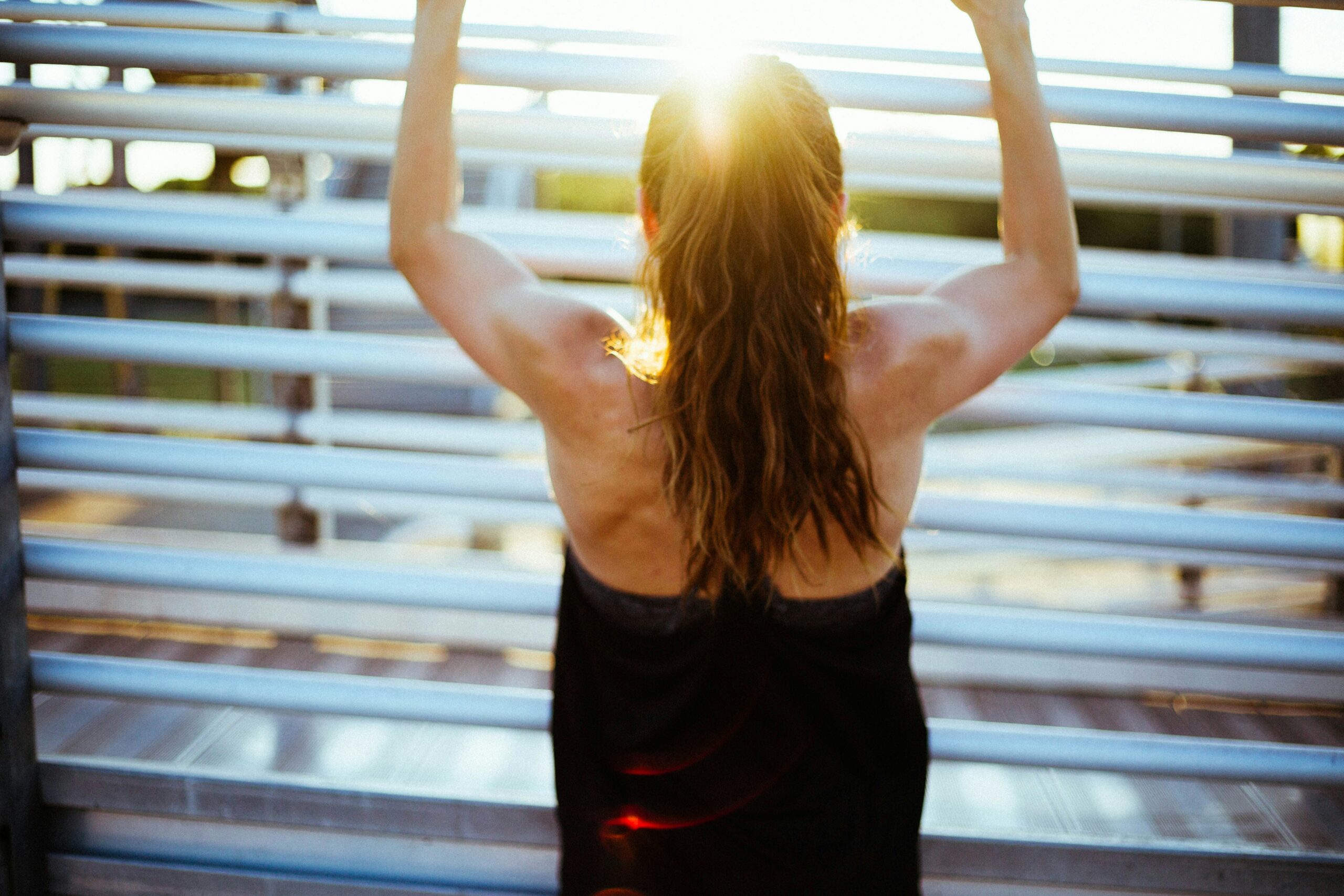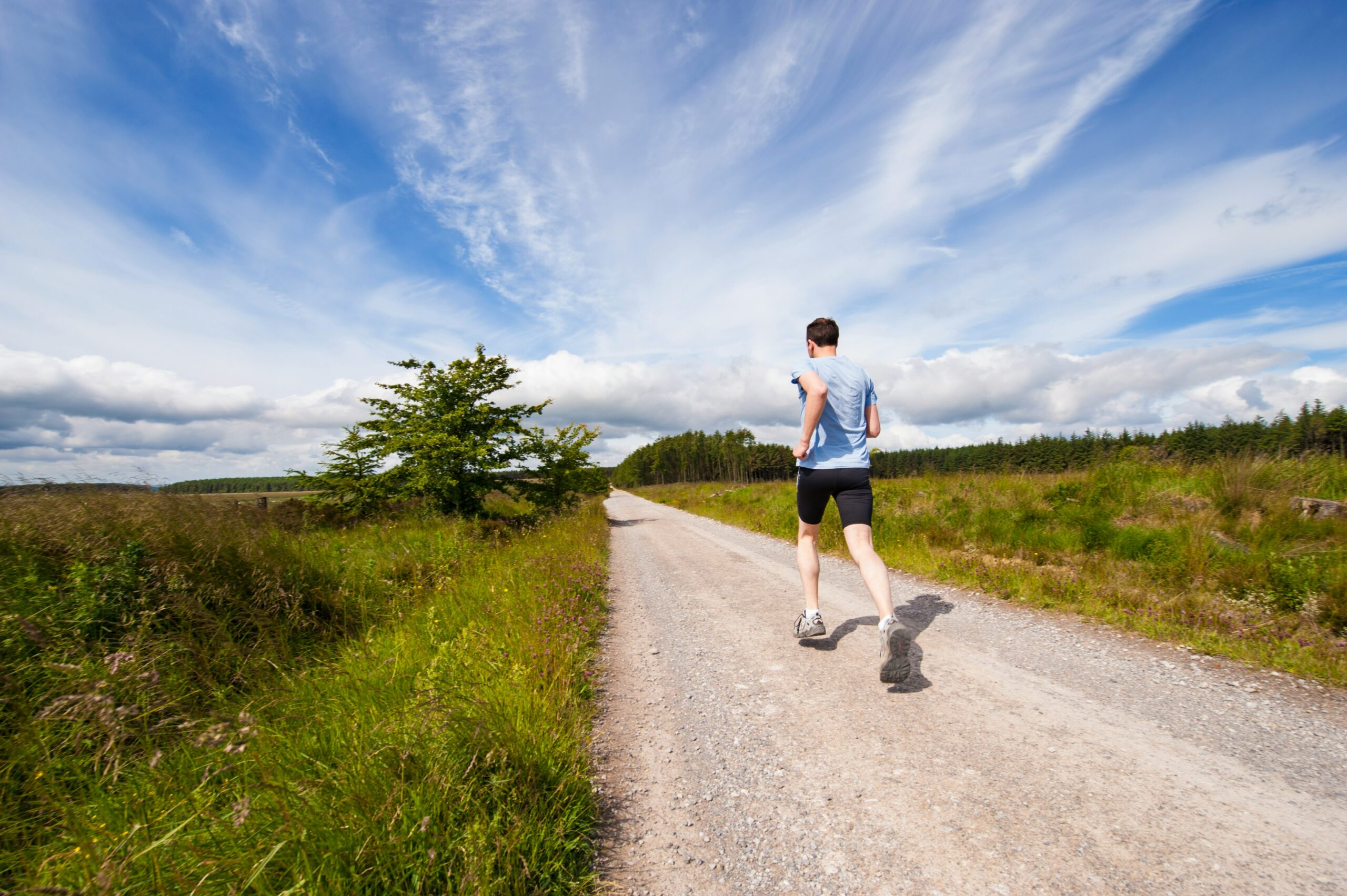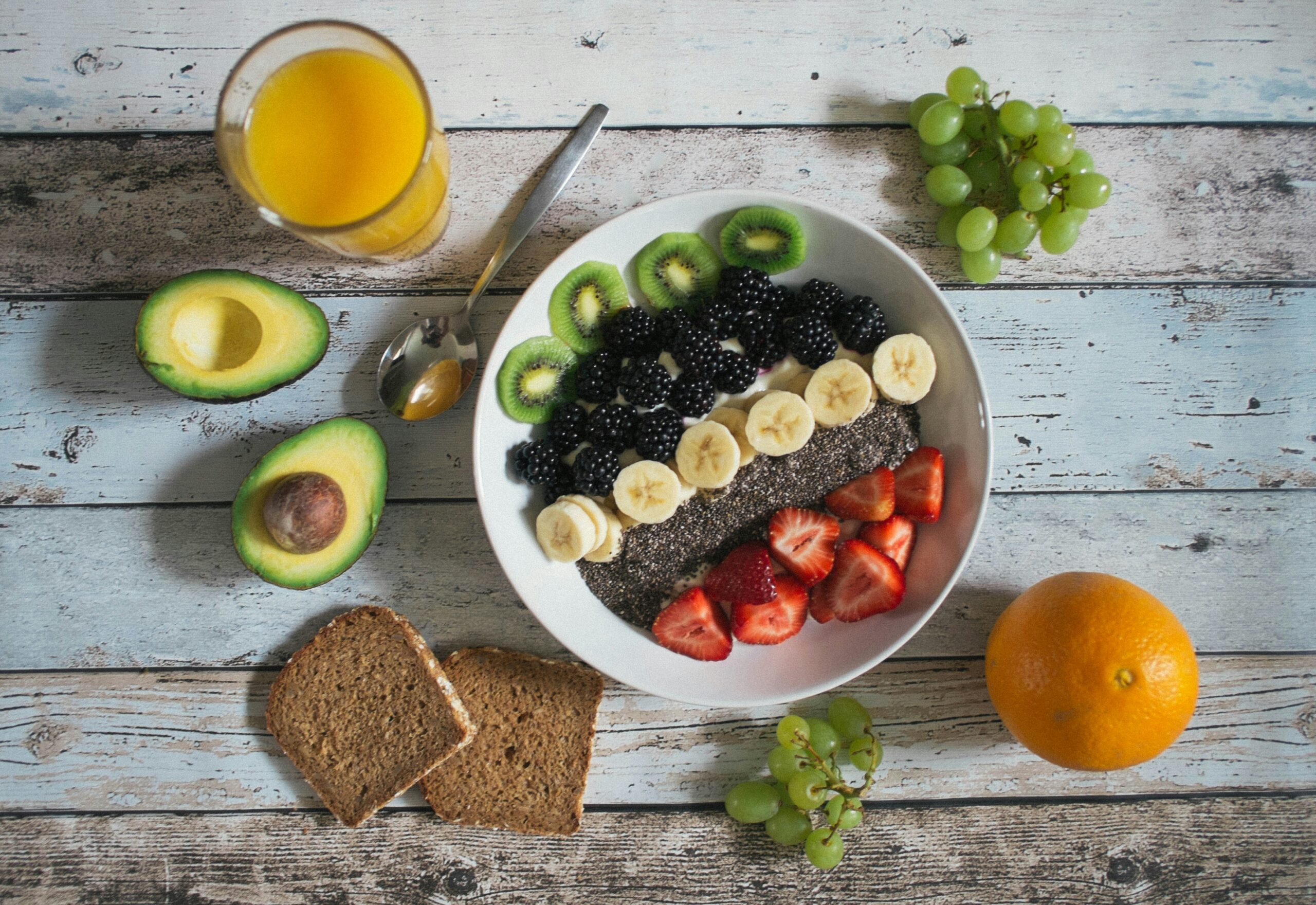
Introduction
In nowadays’s speedy paced world, where sedentary lifestyles dominate and screen time overshadows physical hobbies, the significance of health has in no way been more suggested. True health isn’t always simply the absence of contamination; it’s a colourful nation of whole physical, intellectual, and emotional well being. One of the most omitted but crucial additives of holistic fitness is flexibility.
Often associated most effectively with gymnasts or yogis, flexibility is without a doubt essential for everyone regardless of age, fitness stage, or lifestyle. It enhances mobility, reduces harm, improves posture, and supports overall useful movement.
This article dives deep into the transformative strength of dynamic flexibility in physical activities, providing five technological know how backed moves that could revolutionize your daily habitual and increase your lengthy term health.
Table of Contents
Why Flexibility Matters in Modern Health
Flexibility refers to the potential of your muscle tissue and joints to move through their full range of motion. When left out, stiff muscle mass and tight connective tissues can lead to bad posture, continual ache, reduced athletic performance, or even dwindled best of lifestyles. According to the American Council on Exercise (ACE), retaining excellent flexibility enables injuries by permitting joints to absorb forces all through motion more efficiently. But beyond injury prevention, flexibility performs a crucial role in selling flow, decreasing muscle anxiety, and assisting joint health all key pillars of a resilient frame.
Modern research underscores the hyperlink among flexibility and toughness. A 2018 study published inside the American Journal of Physiology found that people with higher trunk flexibility had healthier blood vessels, suggesting a correlation between supple muscular tissues and cardiovascular fitness. Furthermore, advanced flexibility contributes to higher stability and coordination, which can be mainly essential as we age. The reality is, flexibility isn’t pretty much touching your feet, it’s about maintaining independence, power, and energy throughout lifestyles.
Yet, many human beings nonetheless equate stretching with static holds after a workout. While static stretching has its vicinity, dynamic flexibility schooling lively movements that take joints and muscle groups via their full variety is some distance greater powerful at getting ready the frame for movement and enhancing purposeful mobility. That’s wherein our Health Movement collection comes in.

Introducing the Health Movement: A New Approach to Daily Wellness
The time period Health Movement represents a paradigm shift from passive wellness to energetic, intentional dwelling. It’s no longer about intense diets or grueling workouts; it’s approximately integrating clever, sustainable practices into regular life that compound through the years. At the coronary heart of this philosophy lies movement now not simply workout, however aware, purposeful movement that nourishes the body and thoughts.
Dynamic flexibility and physical activities are a cornerstone of the Health Movement. Unlike static stretches, which are excellent exercises done to publish-exercise when muscular tissues are warm, dynamic moves are best for warming up the body earlier than any physical pastime. They boom blood float, set off the frightened device, and lightly prepare muscular tissues for exertion. Think of them as a “take-heed call” to your body, a way to sign readiness for movement while simultaneously enhancing joint health and muscular elasticity.
Below are five dynamic physical activities scientifically proven to enhance flexibility, enhance mobility, and help lifelong fitness. Incorporate these into your morning ordinary, pre-workout ritual, or at the same time as noon resets to fight stiffness from sitting.
1. Leg Swings, Unlock Hip Mobility
Hip density is one of the most common problems in modern society, almost due to long -term sitting. Dense hip flexors and limited glazing can reduce low back pain, poor attitude and incompetent movement patterns. Go into the foot swings – the final dynamic opener for hip flexibility.To swing the leg forward and back:
Stand next to a wall or strong surface for balance.Swing a leg in a controlled bow forward and backwards, and hold the upper body straight.Dimensions for 15-20 turns per foot.
For lateral (side aside) variety:
Turn to the wall and swing a leg outside and out of your body.Repeat 15 times per foot.
Ben’s fluctuations attach many muscle groups – including hamstrings, hip flexors, glutes and indicators – while lubricating the hip joint through synovial fluid production. Regular practice improves the length, increases athletic performance and reduces the stress on the spine. As part of your health, bone fluctuations help restore natural movement patterns that are often lost in the desktop -bound routine.
2. Arm Circles, Free Up Upper Body Tension
Most human beings don’t recognize how much anxiety accumulates inside the shoulders and top lower back till they are attempting to reach overhead or rotate their fingers freely. Poor posture, smartphone use, and strain make contributions to rounded shoulders and restrained shoulder girdle mobility issues that compromise both look and health.
Arm circles are an easy yet powerful solution. Here’s how:
Stand with feet shoulder-width aside.
Extend palms out to the perimeters at shoulder peak.
Begin making small forward circles, step by step growing the diameter over 30 seconds.
Reverse direction and repeat for every other 30 seconds.
This dynamic exercise warms up the rotator cuff muscle tissue, deltoids, and upper again, improving shoulder joint articulation. Over time, steady arm circling will increase thoracic backbone mobility and combat “tech neck” and hunched posture. For those improving from minor shoulder discomfort or in search of more freedom in everyday tasks (like achieving excessive cabinets or swimming), arm circles are a non-negotiable addition to the Health Movement toolkit.

3. Walking Lunges with Torso Twist, Engage Core and Hips
Walking lungs are already predominant in strength and fitness programs, but adding a Torso-VRI transforms them into a full-body flexibility amplifier. This hybrid movement mainly combines low body strength, hip flexibility and spinal cord rotation-tree elements for balanced health.execution:
Continue in a lime, lower the knee on the back to the ground.
When stabilizing, rotate the upper body against the pre -bone.
Return to the center, push the front legs and continue in the next long lasting direction.
Perform 10-12 representatives per page.
It is aimed at hip flexors, firer, glutes and diagonal, and encourages intervertebral mobility in the dynamic tensile ridge. The rotational component activates the nucleus and improves neuromuscular coordination – the key to prevent sports and increase sports performance. In addition, a twist copy of a twist during living makes the carrying or playing grocery articles or lungs with real world movements very functional. When it comes to health, they bridge the gap between flexibility, strength and practical flexibility.
4. High Knees with Gentle Reach, Activate and Lengthen
High knees are usually seen as cardio exercises, but when performed slowly and with intentions, they become a dynamic flexibility pearl. By incorporating a smaller time for the forward lean and hand-to-leg access, you convert this energetic trick into hamstring and hip Flexor Mobilizer.
How to do it:
Stand high and march in place, move a knee to the height of the chest.
As soon as you pick up, move a little longer and reach the opposite hand towards the raised knee.
Alternative side rhythmic for 30-60 seconds.
This movement increases the hamstring on the standing leg, while dynamic draws hip flexors to the lifting side. It also attaches the core and improves the balance. Because it contains mutual speed (opposite of the arms and legs), it increases brain body communications and frequent ignorant aspects of health associated with dominance and cognitive function. This practice is ideal for office personnel or any person experiencing low body stiffness and bringing liquidity back in motion.
5. Cat-Cow Flow, Synchronize Breath and Spine Mobility
The routine for any health movement will not be fulfilled without honoring the spine – the central axis of human speed. Although cat stretches are usually seen in yoga, a dynamic sequence is performed with rhythmic breathing and continuous speed.Technology:
Start on the hands and knees at the table top.
When you leave your stomach, lift the chin and tailbone (Kuvaluta).
When you score your spine, you can tough your chin and pelvis (cat position).
Straight simply between the two for 1-2 minutes.
This mild wave -like movement hinders the spine, releases the tension in the neck and lower back and improves the thoracic extension. Even more important, connecting the breath with movement activates the parasympathetic nervous system, reduces stress and promotes mental clarity. Since mental welfare is inseparable from physical health, the flow of cat-jay imitates the core of real welfare connection to the Sinn-Kroppen.
Building a Sustainable Health Movement Routine
Now that you’ve found out the five foundational exercises, how do you integrate them into day by day life? Consistency beats depth in relation to flexibility. Start with simply 5–7 mins each morning or earlier than bodily interest:
Monday to Friday: Perform all five sports as a warm-up.
Weekends: Add 2–3 rounds focusing on regions of tightness (e.G., extra leg swings if hips experience stiff).
Track diffused improvements: Can you lunge deeper? Twist farther? Move with less attempt?These are symptoms of progressing health.
Also,recall that hydration, nutrition, and sleep profoundly impact flexibility. Collagen synthesis, muscle recuperation, and joint lubrication depend upon ok protein intake, omega-3s, and rest.True health is multidimensional movement is simply one radiant thread within the tapestry.
Final Thoughts: Flexibility Is Freedom
Flexibility is not a luxury reserved for athletes or younger human beings. It’s an essential marker of organic resilience and a predictor of future mobility. Every time you perform a leg swing, glide via cat-cow, or twist in a lunge, you are making an investment in a body that acts freely, a while gracefully, and lives completely.
The Health Movement isn’t approximately perfection—it’s about progression. It’s approximately deciding on movement over stagnation, attention over autopilot, and energy over survival. These 5 dynamic physical activities are not simply gear for higher flexibility; they’re invited to reclaim your birthright: a sturdy, supple, glad body.
So get up, swing your legs, circle your hands, and breathe into every movement. Your journey to more advantageous flexibility and lasting fitness begins now.
Q1: How often should I do flexibility exercises for real results?
A: Aim for 3–5 times per week. Daily dynamic stretches yield faster improvements in mobility and joint health.
Q2: Can poor flexibility affect my overall health?
A: Yes. Limited flexibility can lead to poor posture, muscle imbalances, joint pain, and higher injury risk impacting long term physical health.
Q3: Are dynamic stretches safe before workouts?
A: Absolutely! Unlike static stretching, dynamic moves prepare muscles for action by increasing blood flow and range of motion making them ideal pre workout.























